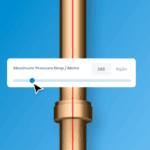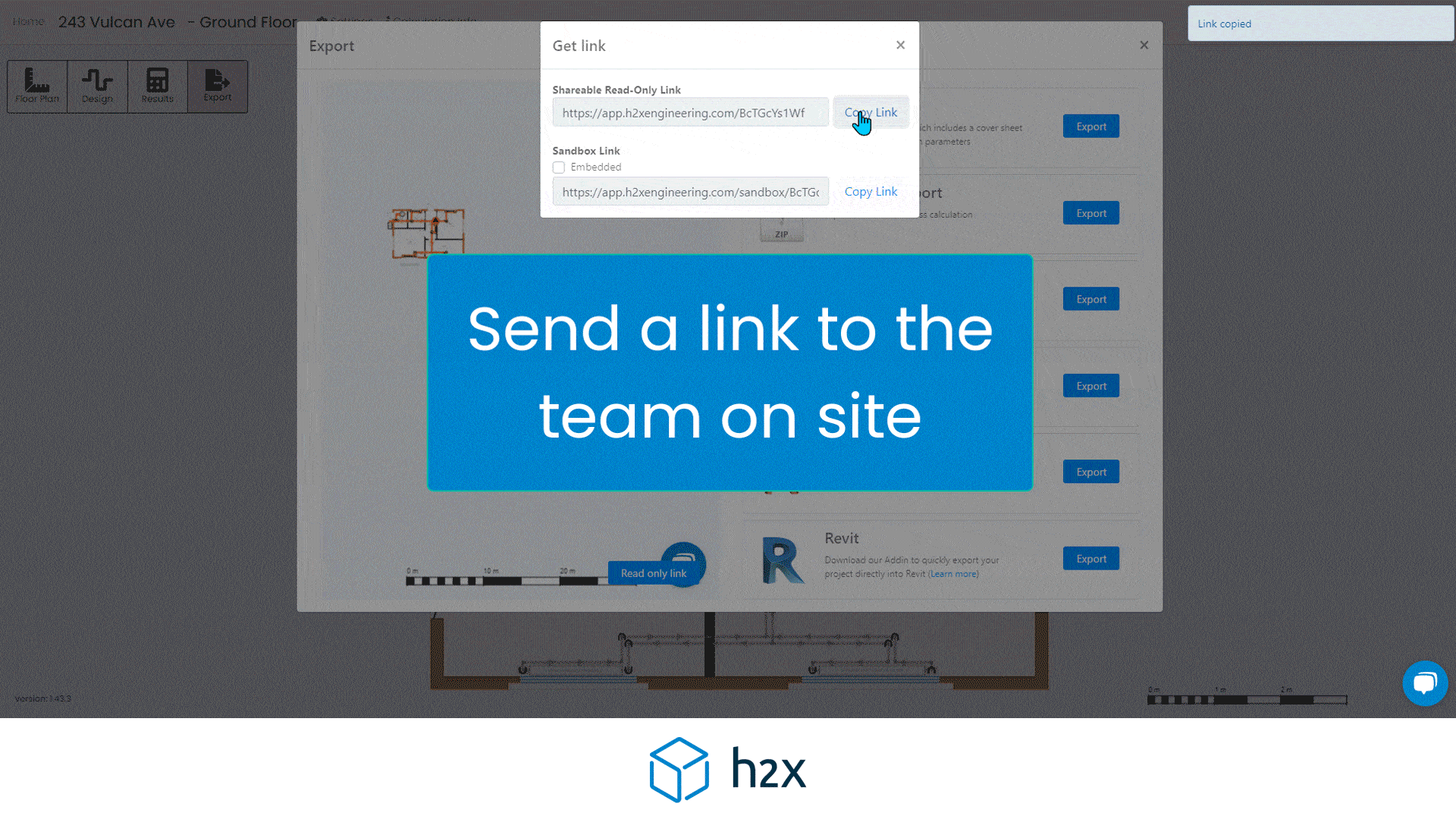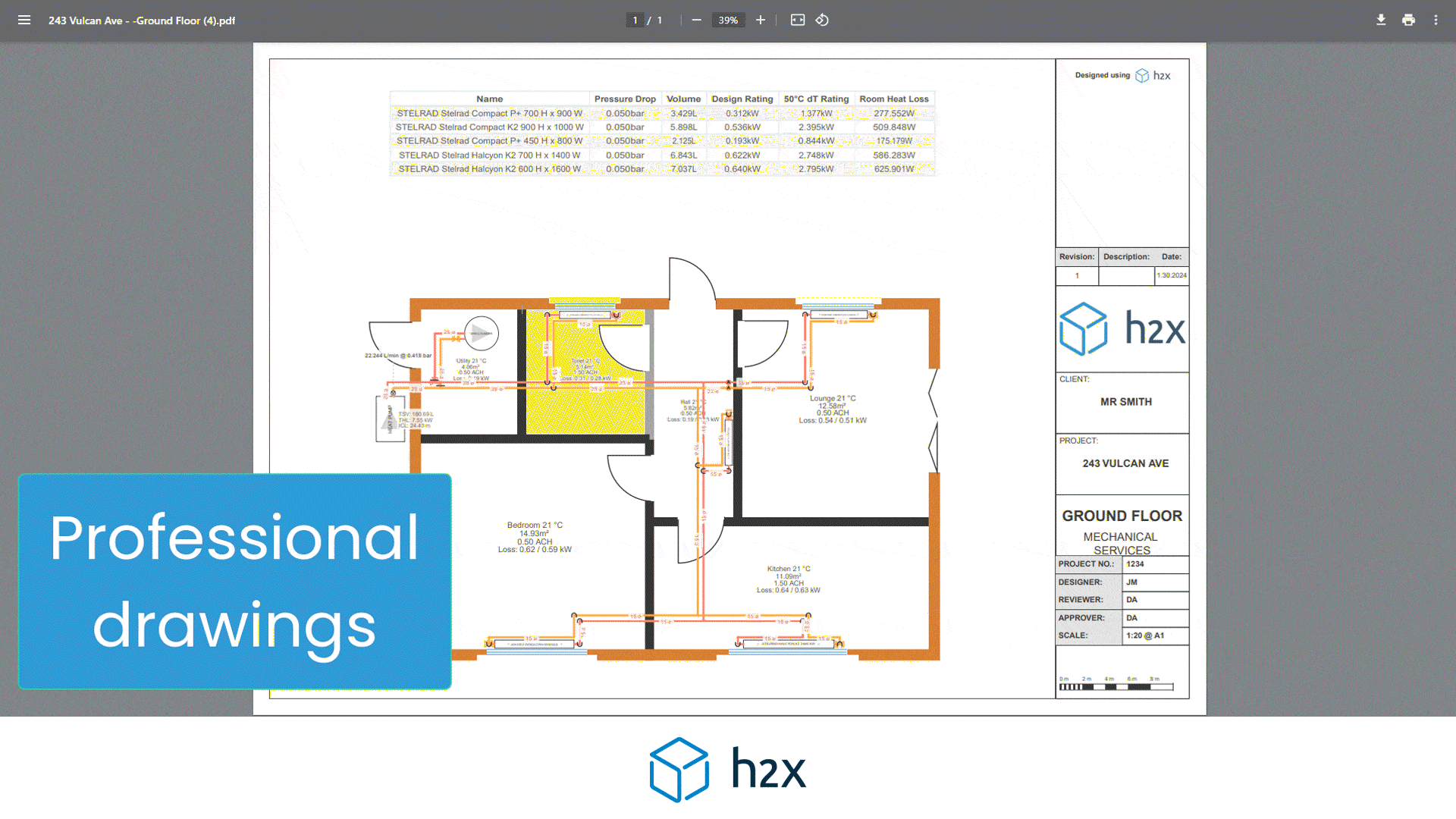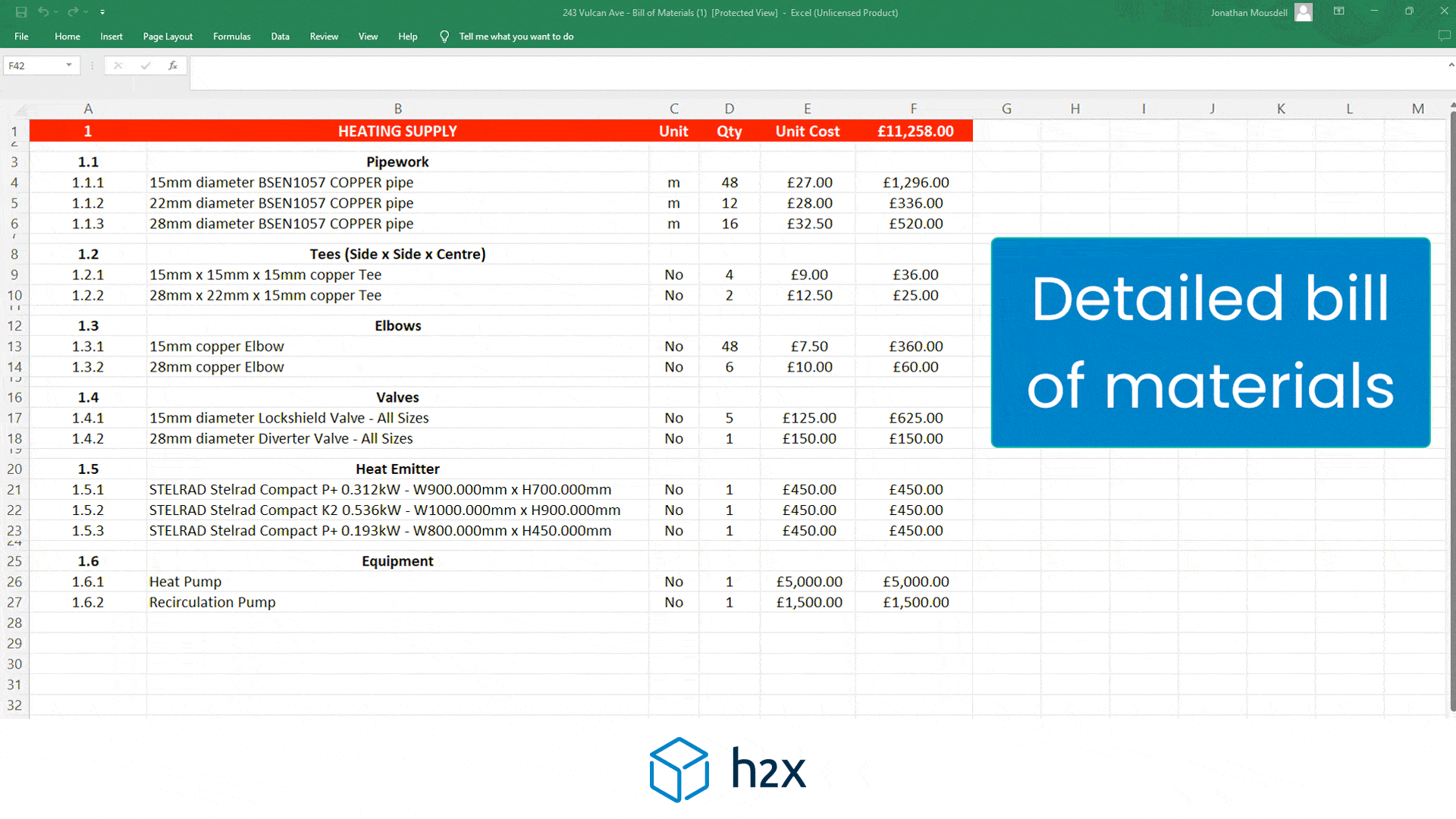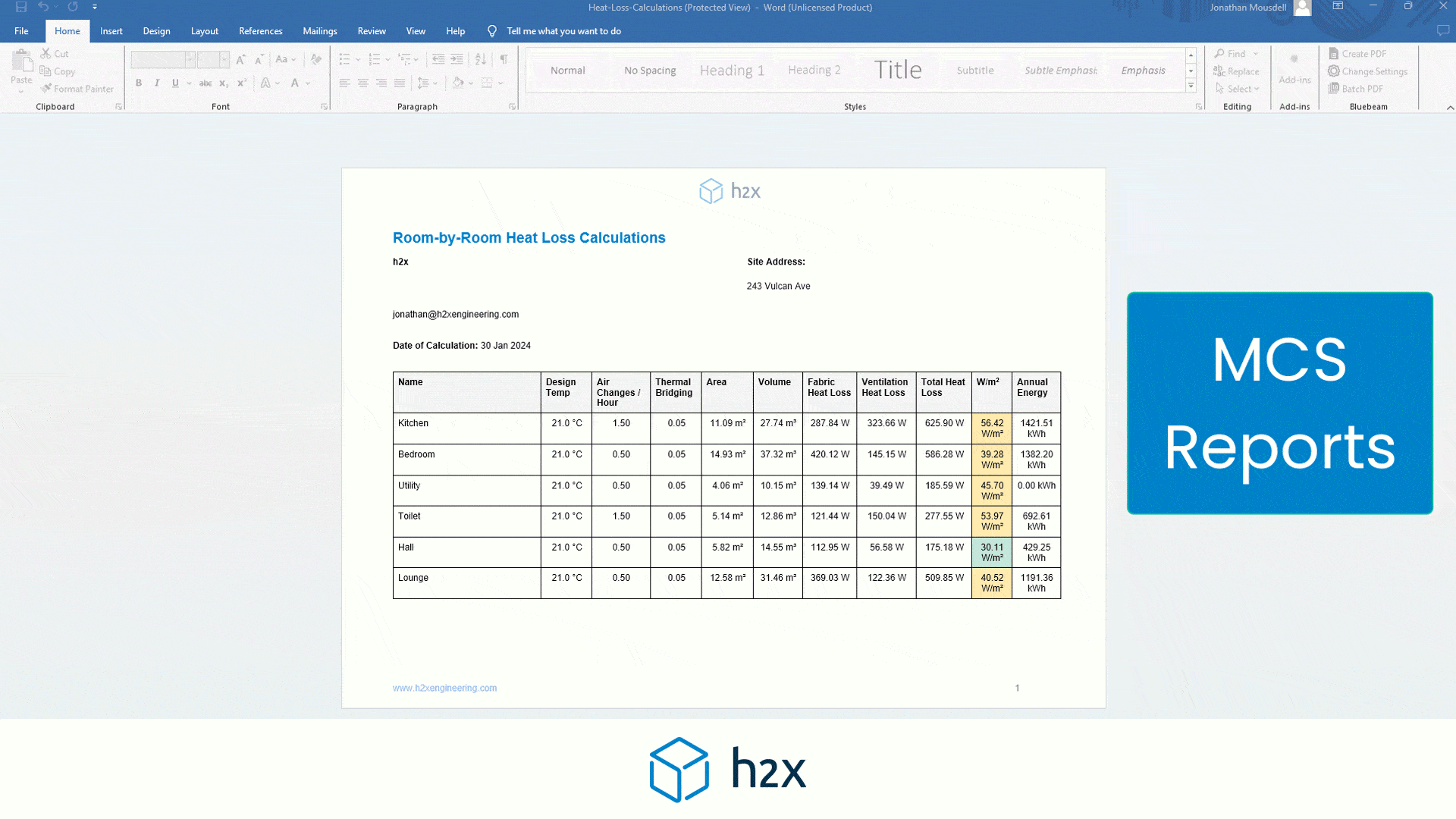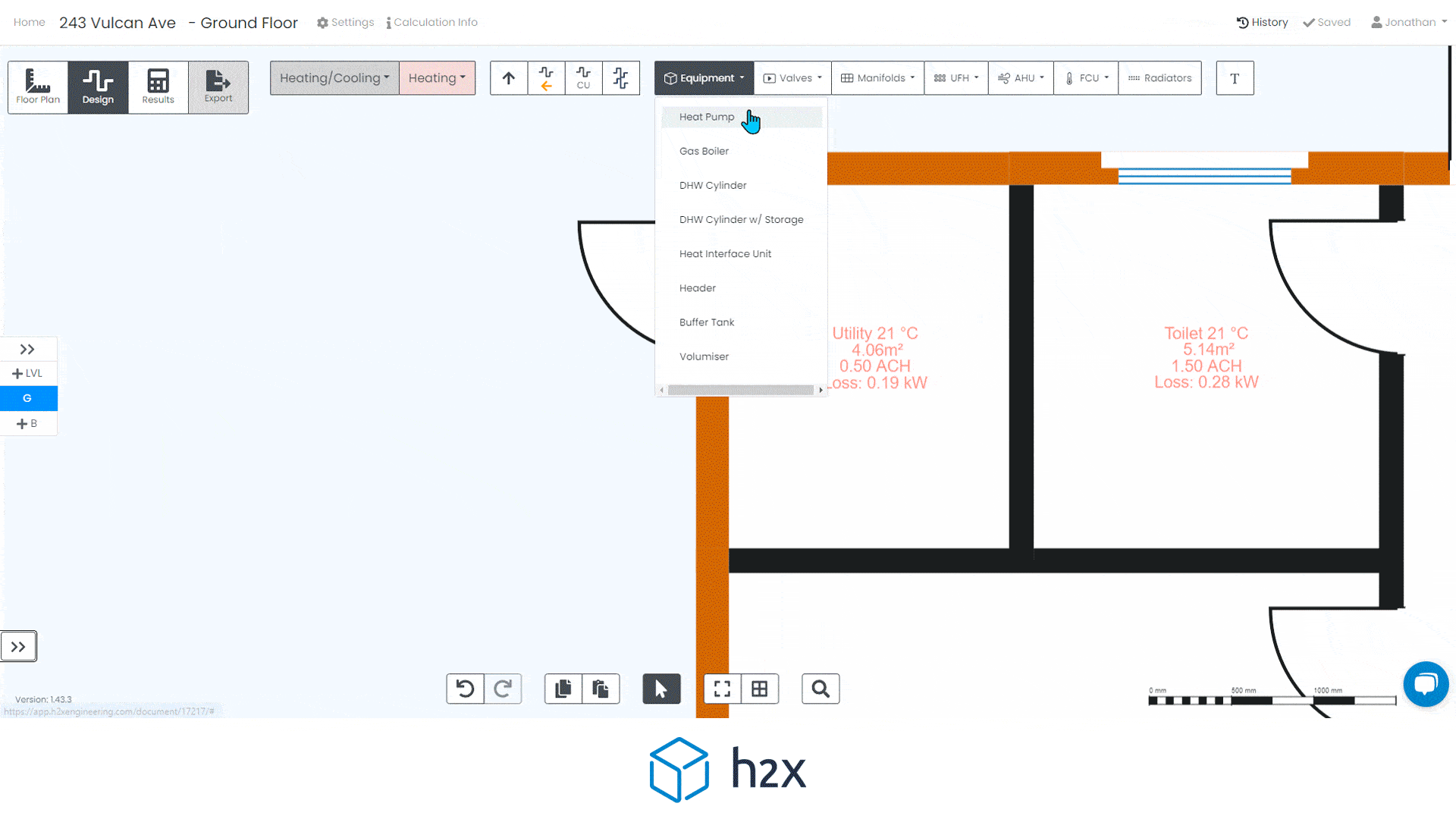
How to Improve the Productivity of Your Engineering Team
Productive engineering teams are the key to designing and delivering high-quality projects. When teams deliver high-quality projects by following an efficient process, they save time and money whilst building a great relationship with their clients.

Productive engineering teams are the key to designing and delivering high-quality projects.
When teams deliver high-quality projects by following an efficient process, they save time and money whilst building a great relationship with their clients — increasing the likelihood of winning more business.
If engineering teams don’t have an efficient design process, it can lead to errors that decrease quality, hinder productivity, and ruin business relationships.
A recent report found that around 60% of building defects can be attributed to design issues.¹ The same report found that 22% of defects relate to plumbing faults.² There are various reasons why errors occur, including:
- Failing to follow processes
- Poor communication
- Incorrect designs
- Conflicting details on drawings³
Improving processes and collaboration can help teams work more efficiently and avoid these costly mistakes. However, with half of engineers companies experiencing difficulties due to a skills shortage in the labour market, new solutions are required.⁴
In this blog, we will look at how you can enhance your engineering teams’ productivity and thereby ensure better outcomes.
Ensure clear communication
Engineering is a complex field and it can be difficult to anticipate every potential issue that may arise during a project.
Clear communication is essential to assist with this and ensure a successful project because every engineer on a team has their own unique:
- Experiences
- Skill set
- Points of view
When these different perspectives are embraced, it will lead to successful outcomes. However, this requires open discussions, brainstorming, and the constant exchanging of ideas.
Pro tip: Creating an environment where staff are comfortable discussing ideas openly will improve engineering teams. Furthermore, having tools and software that promote communication, especially within the context of remote working, can go a long way to ensuring clear and effective communication amongst colleague and external stakeholders.
Implement effective training
One of the biggest challenges for any engineering team is making sure that everyone has the skills and knowledge to complete their daily tasks. This can be quite difficult, especially when you consider the wide range of skills and knowledge that engineering teams are expected to have.
This is exacerbated by the fact that almost half of new engineering recruits lack the necessary skills needed for work within the industry.⁵ Fortunately, there are ways to overcome this challenge and improve the effectiveness of your training processes:
- Share knowledge across teams and locations
- Assign experienced mentors to new team members
- Give teams access to software that will help them do their jobs accurately
- Get feedback from engineers on where training efforts would be placed best
Pro tip: By implementing effective training processes tailored to the specific needs of your engineers, you can ensure that your team is developing the skills, knowledge and experience it needs to be successful long-term.
Setting clear and realistic goals
Setting clear and realistic goals is important in any team, regardless of the industry that you are operating in. To set goals for engineering teams, each engineer needs to first understand the team’s vision, targets, and timelines.
When the team is not working towards the vision clearly, productivity is hindered and communication is less effective. Consequently, the client is almost guaranteed to receive a project that has been delivered to a lower quality than you are capable of.
Pro tip: It’s vital to understand that when everyone understands the goals, it becomes much easier to communicate effectively, and thereby work together as a unified and cohesive unit. Measuring goals and performance with ongoing reviews is also essential to the overall success of a project.
Reduce complexity
Whilst they have previously been effective in the past, the legacy calculation and design process that utilises spreadsheets is inefficient. This increases the chance of errors and ultimately a lack of productivity amongst engineering teams.
The key issues that engineers tend to encounter when deploying a legacy spreadsheet approach to their designs and calculations include:
- Manual processes: Undertaking tasks such as measuring pipes significantly increases the chance of human error, resulting in longer reviews and time-consuming rework.
- Inaccuracies: Spreadsheet-based calculations have the potential to be inaccurate, resulting in significant risk to your company.
- Time-consuming reviews: Due to the fact that different engineers will use different spreadsheets, review processes often become complex and unnecessarily complicated.
- A lack of collaboration: Spreadsheets simply aren’t built for collaboration. This makes it difficult for teams to bring their ideas together, and can lead to conflicts between team members.
- Complex redesign: Spreadsheets make it difficult to redesign when architects make changes or requests that impact the initial design.
Pro tip: Overcoming these complexities is vital to enhancing productivity amongst engineers and ultimately producing better outcomes for clients. Improving communication and setting realistic goals are both good foundations for this process, but to truly eliminate complex processes and drive efficiencies, engineers need to look to new, cutting edge technologies.
Further reading: Learn more about how technology is helping to overcome the complexities of spreadsheet-based processes in our recent blog post — H2X vs Spreadsheets
Deploy the latest software
Deploying software that can enhance productivity and efficiency amongst engineers and help reduce the complexities within engineering teams can provide many benefits.
H2X, for example, provides a common platform where all team members can access the same information, collaborate and automate tasks that are tedious and time consuming.
This can have a positive impact on the following areas:
- The use of spreadsheets: With H2X, the entire team follows the same design and calculation process in a central platform instead of every engineer having their own spreadsheet.
- Reduced complexity: By reducing complexity, software can help improve engineering teams’ communication skills and collaboration. The outcome — more efficient and effective projects.
- Automation: Software that can automate calculations and tasks that are tedious and time-consuming allows engineers to focus solely on producing high-quality designs.
- Collaboration: H2X simplifies sharing work across teams, partners, offices and countries. This enhances internal and external collaboration and helps teams work together more efficiently.
To realise these benefits, two key elements are necessary — the ability to automate calculations and integrate with drafting software such as Revit and AutoCAD. With H2X you can now seamlessly import designs into AutoCAD and Revit at the click of a button.
This software significantly simplifies the workflow while increasing productivity and calculations to a level of detail not previously possible. Moreover, the H2X Revit plugin allows you to import the pipework and valves whilst still using your internal BIM library settings and families.

Use H2X to enhance your team’s productivity
H2X was founded by engineers frustrated with the tedious process of traditional design methods. Exhausted by paper drawings, measuring and counting components, and calculating results using various spreadsheets, we came up with something better for the industry.
That’s why we developed innovative engineering software that drives improvement across the design process. H2X reduces design time by up to 72% and improves any design’s efficiency, quality, and compliance. Engineers rely on H2X to design hot water, gas, and drainage systems for global construction projects, and the software has already been used to design over 3,500 projects across a range of use cases.
H2X boasts an easy-to-use interface that promotes efficiency while providing a record of highly accurate calculations that have been verified by CIBSE. Engineers can complete designs up to four times faster than using traditional methods — all while improving consistency, compliance, and accuracy. There’s no human error, no ‘rule of thumb’ and no confusion between standards — just transparent, compliant, and accurate engineering.
Teams can instantly switch between standards and parameters and compare the results. H2X also makes it easy to share results for review and lets engineering managers, colleagues and external project team members review results directly.
H2X was built by¹ engineers to help engineers work faster, better and more effectively. If you’re ready for your engineering teams to work more efficiently while improving productivity, book a demo of H2X today.
¹ An Examination of Building Defects in Residential Multi-Owned Properties
² An Examination of Building Defects in Residential Multi-Owned Properties
³ Identification and Categorization of Building Defects
h2x: All-In-One Tool for Calculating, Designing, Estimating, and Paperwork
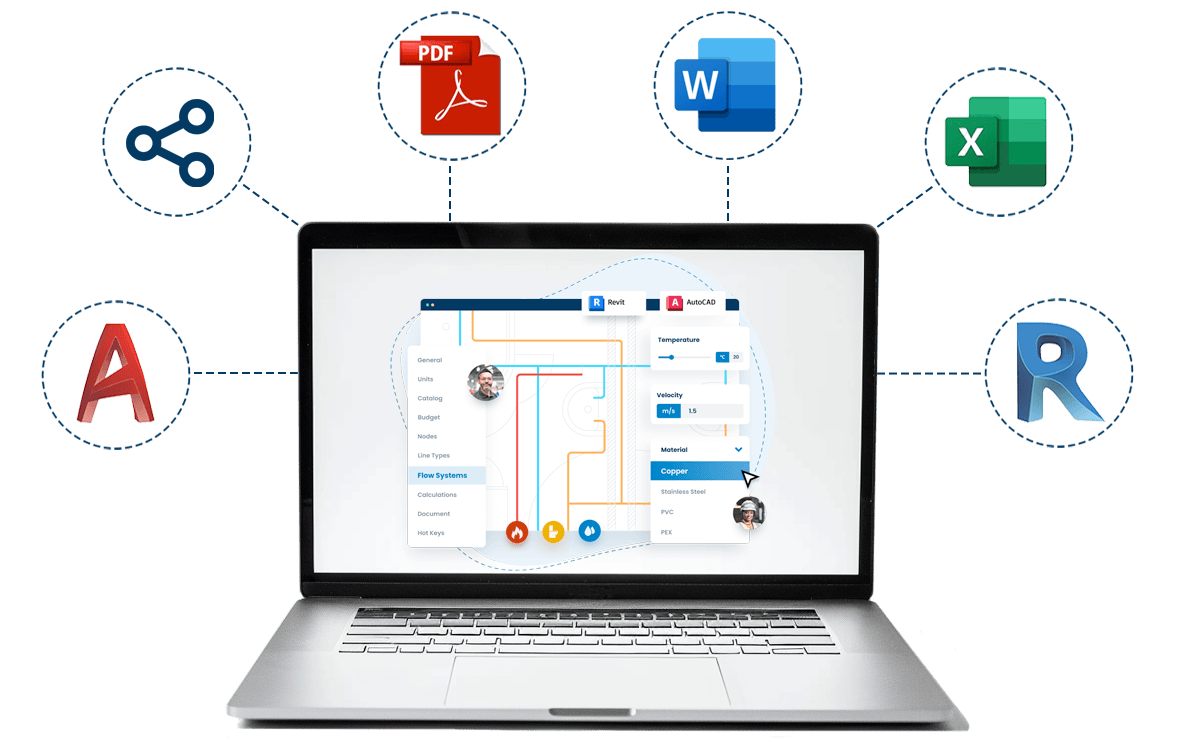
What's in the Pipeline?
Get technical resources delivered to your inbox weekly!
Testimonials
What Installers Say
What Consultants Say
A game changer for the humble plumber. Incredible.
Brad Winkel
Director at Queenstown Plumbing
Brilliant, simple and easy to use. Game changer.
James Major
Director at Hubb
Big time game changer to the industry!
Viv Jude
Director at UHC
Incredible software! Super user-friendly and allows you to save so much time.
Devni Gamage
Engineer at DMA
h2x is great software, our company use it nearly every day. It is easy to use with direct conversion from h2x to Revit.
Callum Craig
Engineer at WDE
h2x is fantastic software. It is very easy to use and the ability to output to Revit is a fantastic time saver.
Joe Kirrane
Engineer at MEP






